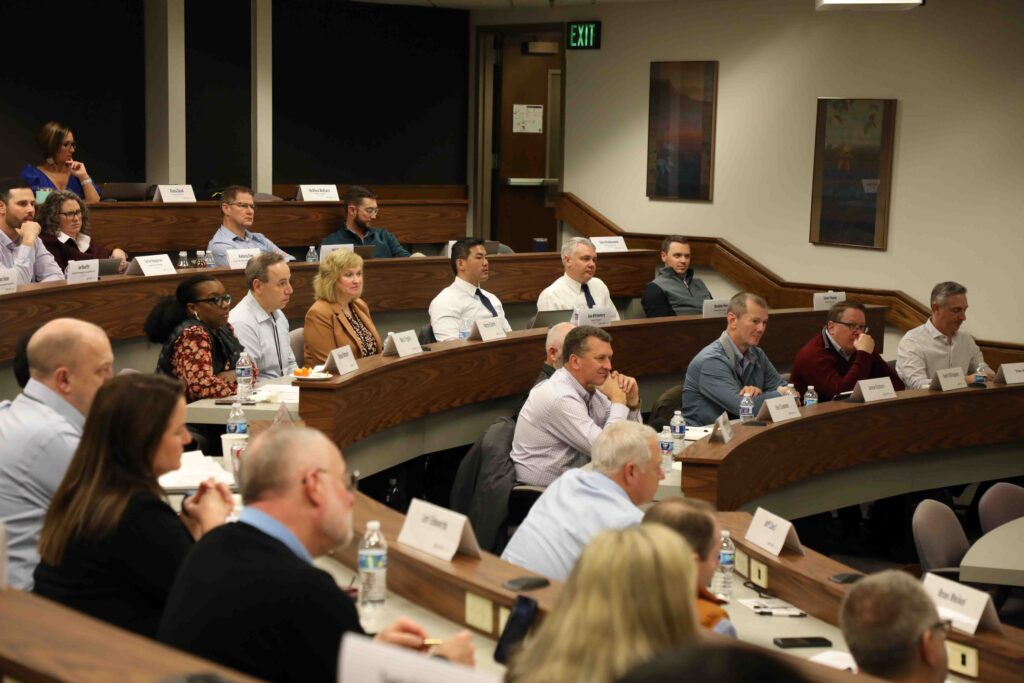Reviewer
Dr. Scott Downey, Director and Professor, Purdue University
Article
Thriving through turbulence: Lessons from marketing academia and marketing practice by Janny C. Hoekstra and Peter S. Leeflang
Source
Hoekstra, J. C., & Leeflang, P. S. (2023). Thriving through turbulence: Lessons from marketing academia and marketing practice. European Management Journal, 41(5), 730-743.
Summary
This article looks at how macro- and micro-level issues in the marketing environment impact the process of marketing management and identifies some capabilities marketers need to develop.
Macroenvironmental issues include the economy, social equality, climate change and digitalization. These are top-of-mind topics all over the world. The microenvironment is broken into two components: marketing channels and buyer behaviors. Marketing channels aren’t just the pathway of goods and services but include communications, social media, online purchasing, and various platforms. Buyer behaviors include connected customers, engagement, and experiences. I particularly like this inclusion. The authors admit that their lists are not exhaustive, and it is likely that this article was somewhat tainted by the tail-end of COVID during the times when the authors were writing it.
Their discussion of macro-environment included inflation, war, and changes to work attitudes, all of which seem relevant. Income inequality is becoming a bigger issue, of course. They relate climate issues to several factors around resources. Digitization isn’t just about data; it’s AI, robots, and augmented reality. They specifically call out robots and chatbots as technologies that engage with customers or workers, not just the cumbersome approaches most of us yell out as we ask for “representative!” but more sophisticated versions that detect feelings and expressions. Data occupies the majority of the discussion, divided into specific knowledge about customer responses to inputs and generalizations that allow for observations between many variables to be synthesized into meaning.
The micro-environment discussion seemed to connect channels to the impact of some of the macro issues and then spent more time on buyer behavior, which I found most impactful. They point out that referring to “the customer” no longer makes sense as there are wider possibilities of customer behavior, making a singular perspective less meaningful. They point out that customers’ connections to other customers have a bigger impact today than they may have once had. They point out the two-way nature of the relationship between companies and customers and the value over time of these (lifetime values of partnerships not just customers). The point is that listening is the future of engagement, not just telling, and they reference Frito Lay’s “Do Us a Flavor” campaign where they invited customers to provide ideas for new flavors (Frito also allows customers to build their own multipacks today). They reference mindful consumption as well. It occurred to me as I was reading that mindful consumption isn’t just about sustainability; it’s about connecting to the things customers care about. All of this comes together in the customer experience, which leverages understanding the customer journey and overlays touchpoints across it to create margin possibilities where customers see value.
Implications for marketers include the metrics like retention, leads, customer value, word of mouth, brand awareness, satisfaction, and customer recommendations. They point out that market share as a performance indicator is falling out of favor, replaced by knowledge of customer metrics. They note that segmentation based on generalizations is shifting more toward behavioral segmentation because of the ability to have better data. Finally, engagement with the customer, what they call “customer interface,” is becoming more important. Experiences across the customer journey and interactions with customers are the tools used for those activities. Several other topics that are part of traditional marketing communication are listed, but not particularly interesting in this reviewer’s opinion.
The authors then recommend several capabilities marketers must be able to develop. Market scanning and strategy are not enough given the complexity and velocity of changes. As a result, organizations must focus on adaptive capabilities to anticipate and prepare for contingencies. Being integrative across the organization and with the customer’s organization is included in this suggestion. Agility and openness are the second capability (which connect to the first). Agility isn’t just momentary; it has to connect with longer-term strategies, and “openness” isn’t just about a perspective toward ideas; it is about building partnerships with stakeholders in order to create value (which we usually refer to as co-creation). Finally, the third capability is “the customer concept,” which means that measurement isn’t about our organization’s performance as much as our customers’. The point there isn’t that our own performance doesn’t matter, but that by focusing on customer outcomes, we’re able to spot our own weaknesses and confront them.
What does this mean for food and agribusiness?
Many of these observations are fairly transparent in terms of what they mean for agribusinesses. Agribusinesses are arguably closer to macro-environmental issues than other industries given the nature of the requirement of natural resources as inputs to agriculture. However, one challenge that creates, without realizing it, is that agribusiness firms may focus less on the customer experiences than on market drivers. For example, Purdue’s research on farmer buying behavior from 2021 showed the potential of farmers’ desire to shop online as distinct from actually buying online. A major barrier to being able to shop online is access to real-time pricing information that makes sense across wide geographies. There’s plenty of information about products online, but information about pricing, availability, and logistics is difficult to keep updated. A customer-centered perspective would require working to overcome those challenges.
We have begun to gather information on organizational culture in agriculture through our Sales Management and Talent Management programs. One of the components of organizational culture using a Competing Values framework relates to openness and agility. Responses from agribusiness professionals suggest that this a desired area for growth. To achieve this will require culture shift and leaders at local levels who are effective influencers of culture. Many agribusinesses have built their success on operational excellence. The trick will be how to achieve agility and openness without losing what has traditionally made us successful. That may mean adding capability in this area rather than trying to replace and change existing management structures that focus on safety and efficiency.
Finally, the concept of listening to customers so that value can be co-created offers real promise but is difficult in practice. Moving from a solutions perspective to a perspective of “let’s figure it out together” can be risky. Our customers have actual problems like diseases that need to be solved. But labor issues, expensive assets, and new capabilities like data analysis are also components of customer experiences that could create opportunities for agile, customer-centered suppliers. As farmer consolidation continues, their sophistication and in-house expertise may require suppliers to broaden perspectives of whether value comes from transportation logistics, risk management, advice, or innovation. These are exciting times, and it is fun to watch the most innovative agribusinesses work to bring some of these thoughts to the way they work.
Lorem ipsum dolor sit amet consectetur. Tempus imperdiet nulla malesuada pellentesque elit. At erat pellentesque adipiscing commodo. Tincidunt lobortis feugiat vivamus at augue eget arcu dictum varius. Sit amet mauris commodo quis. Tincidunt arcu non sodales neque sodales ut etiam sit amet. Quisque non tellus orci ac auctor augue mauris. Sit amet porttitor eget dolor.





